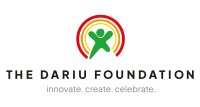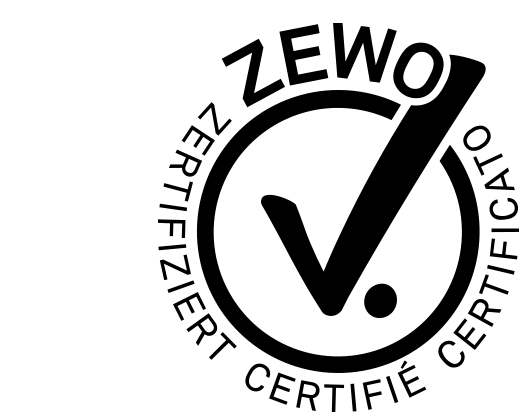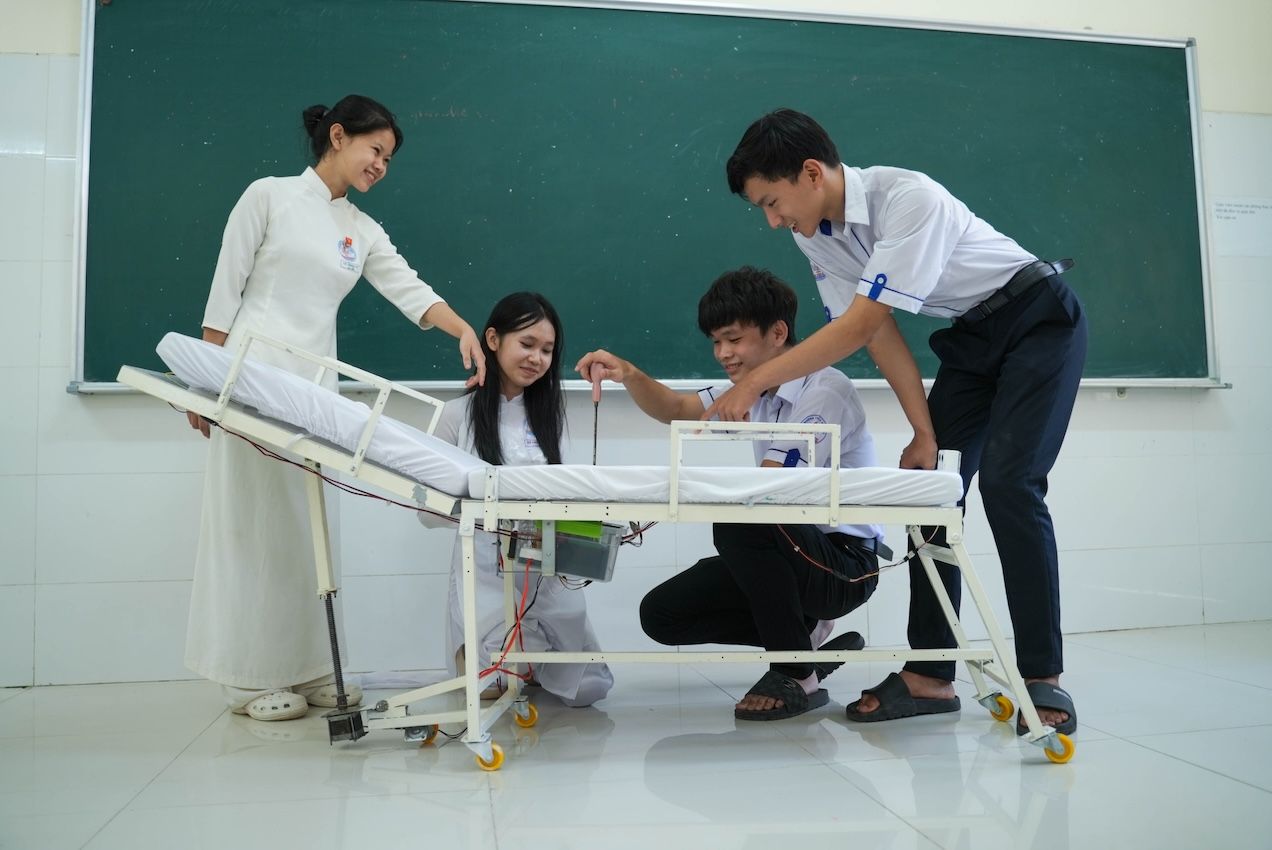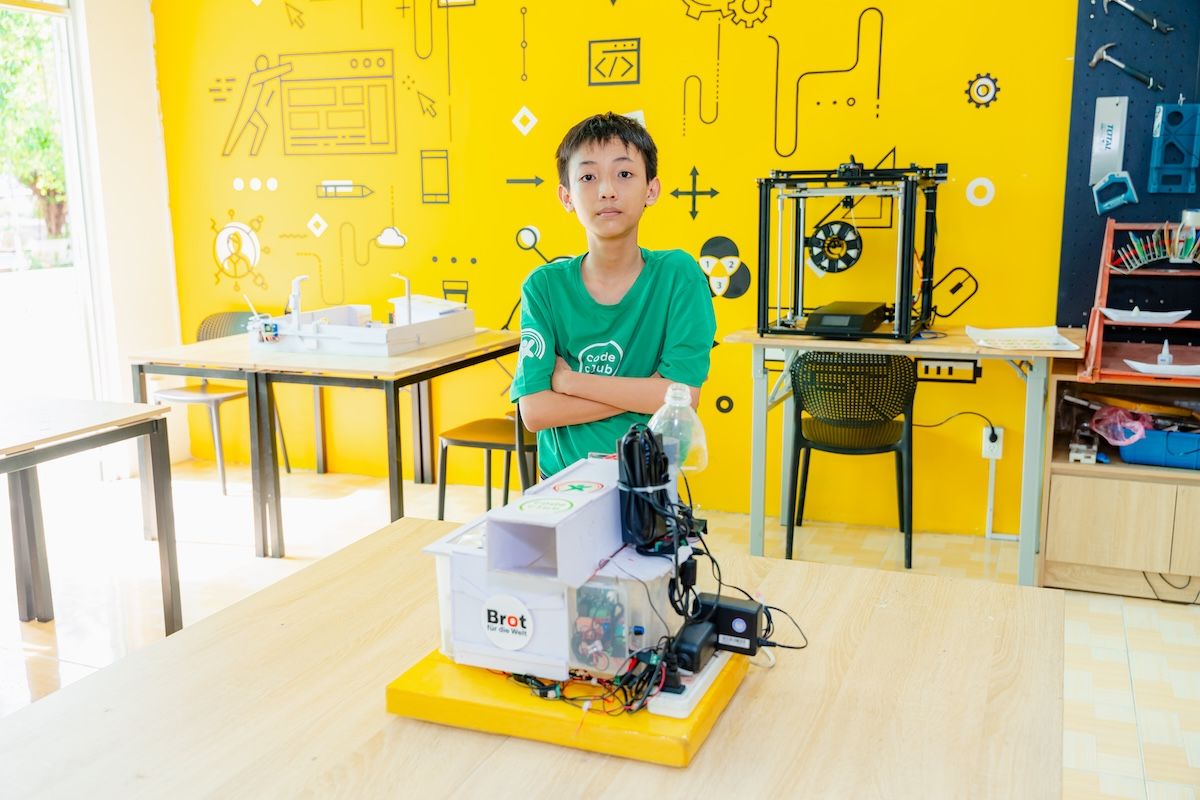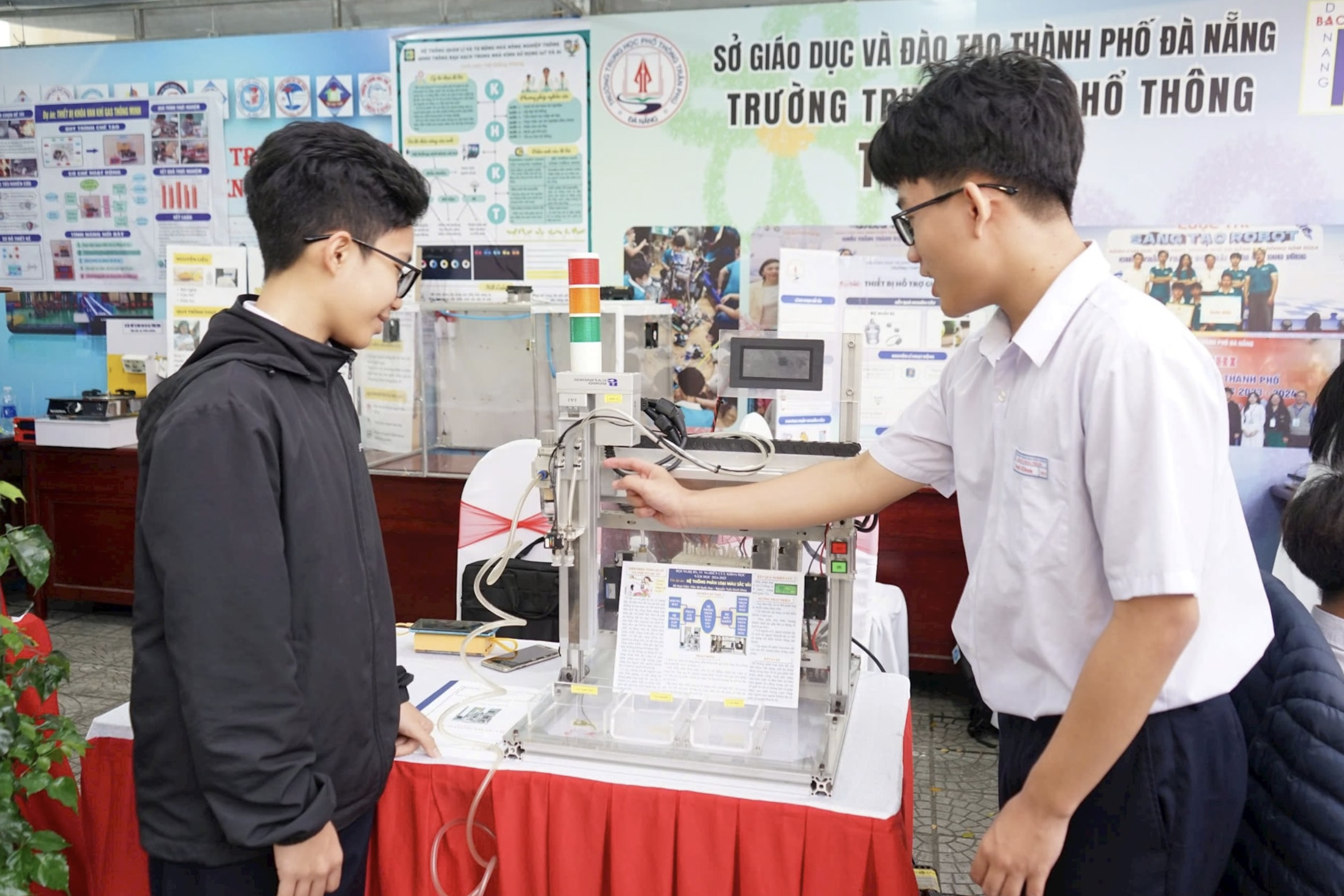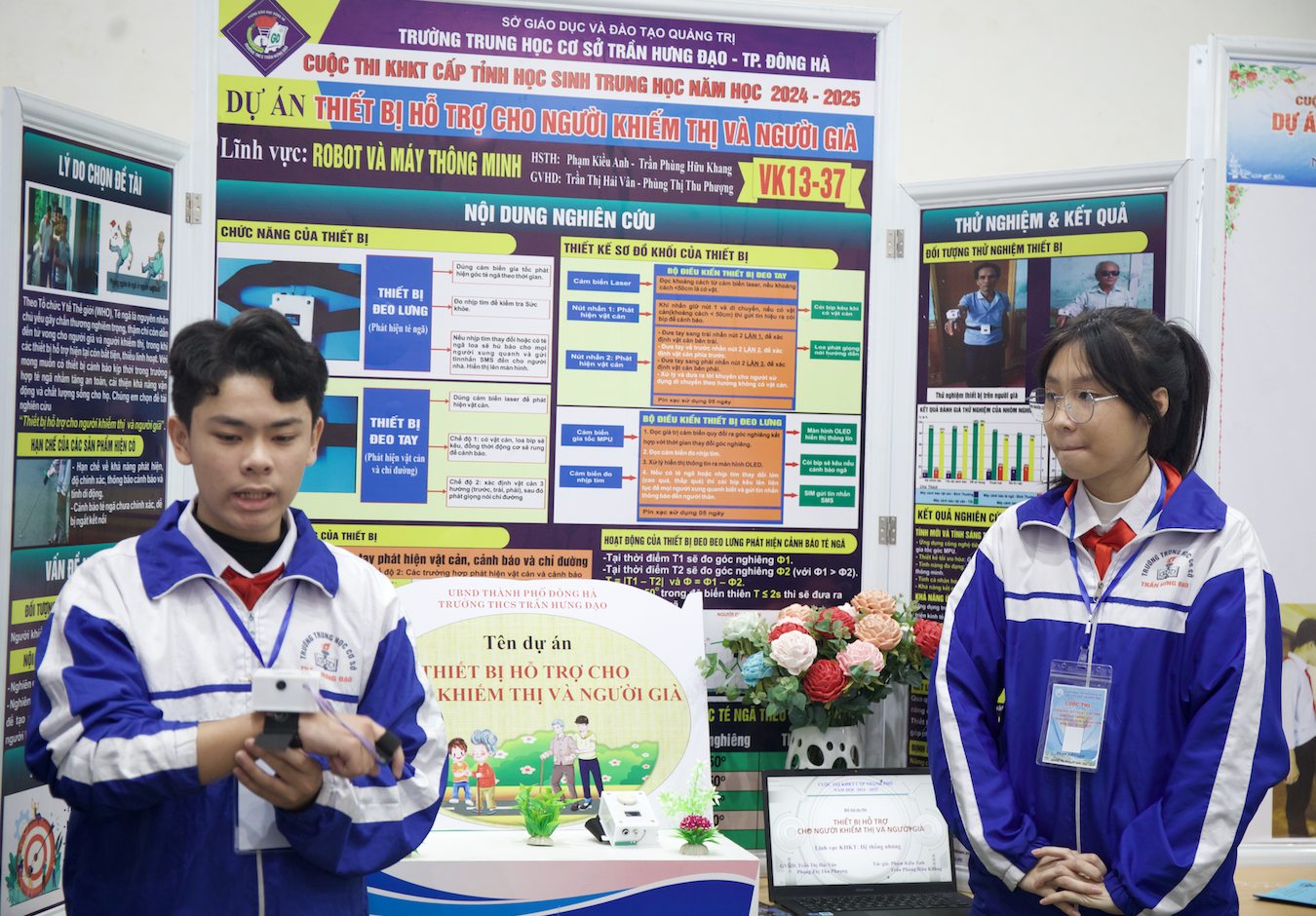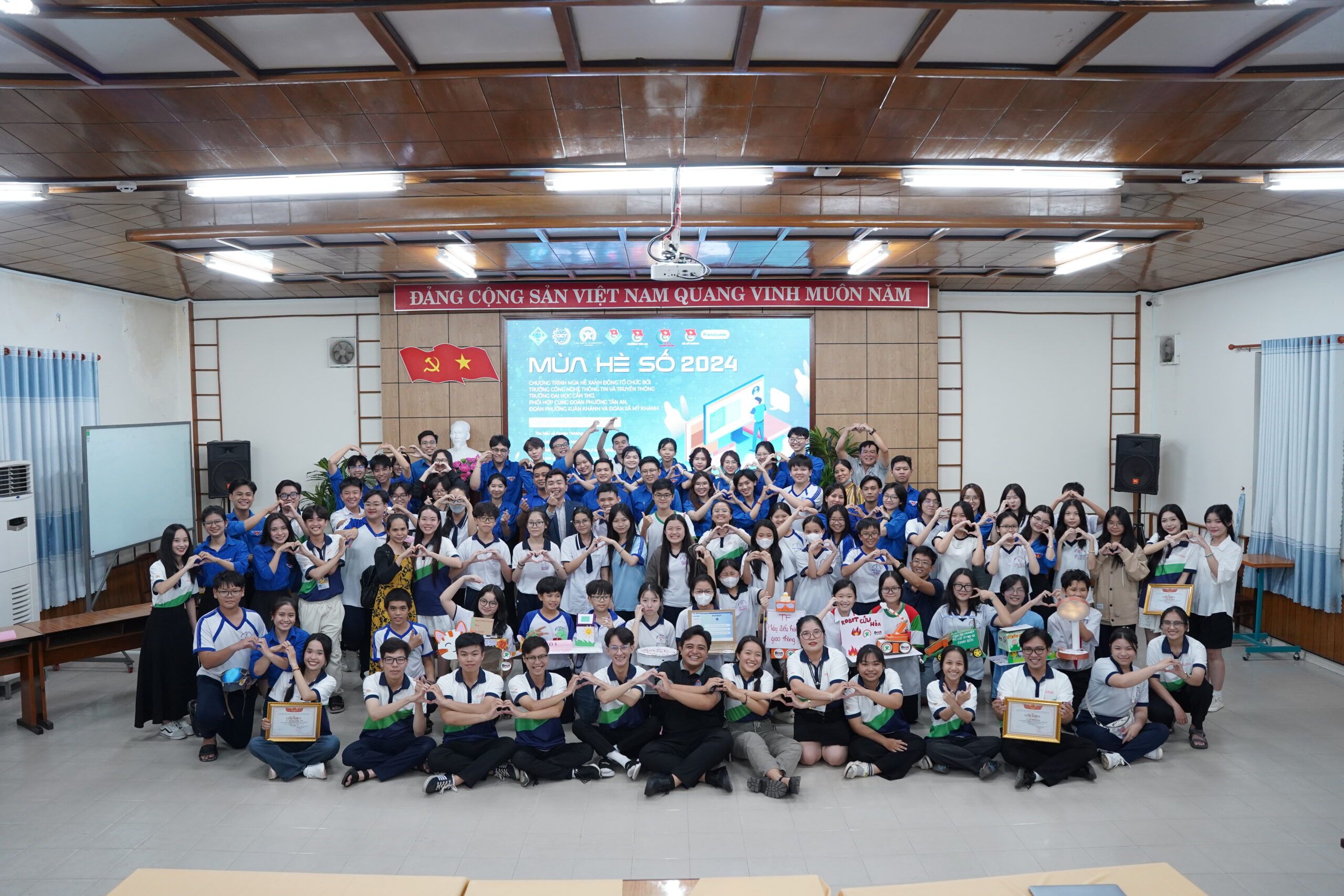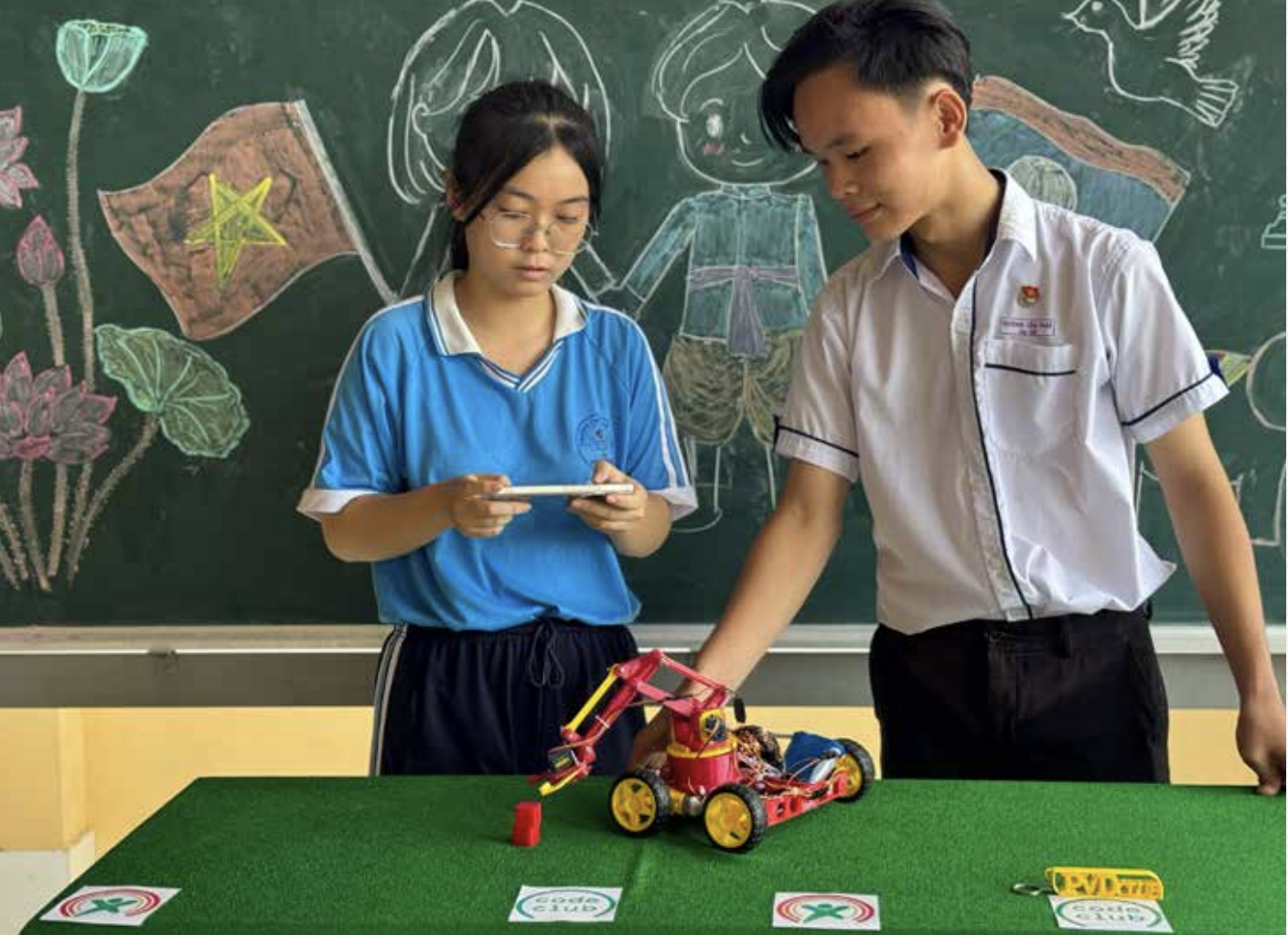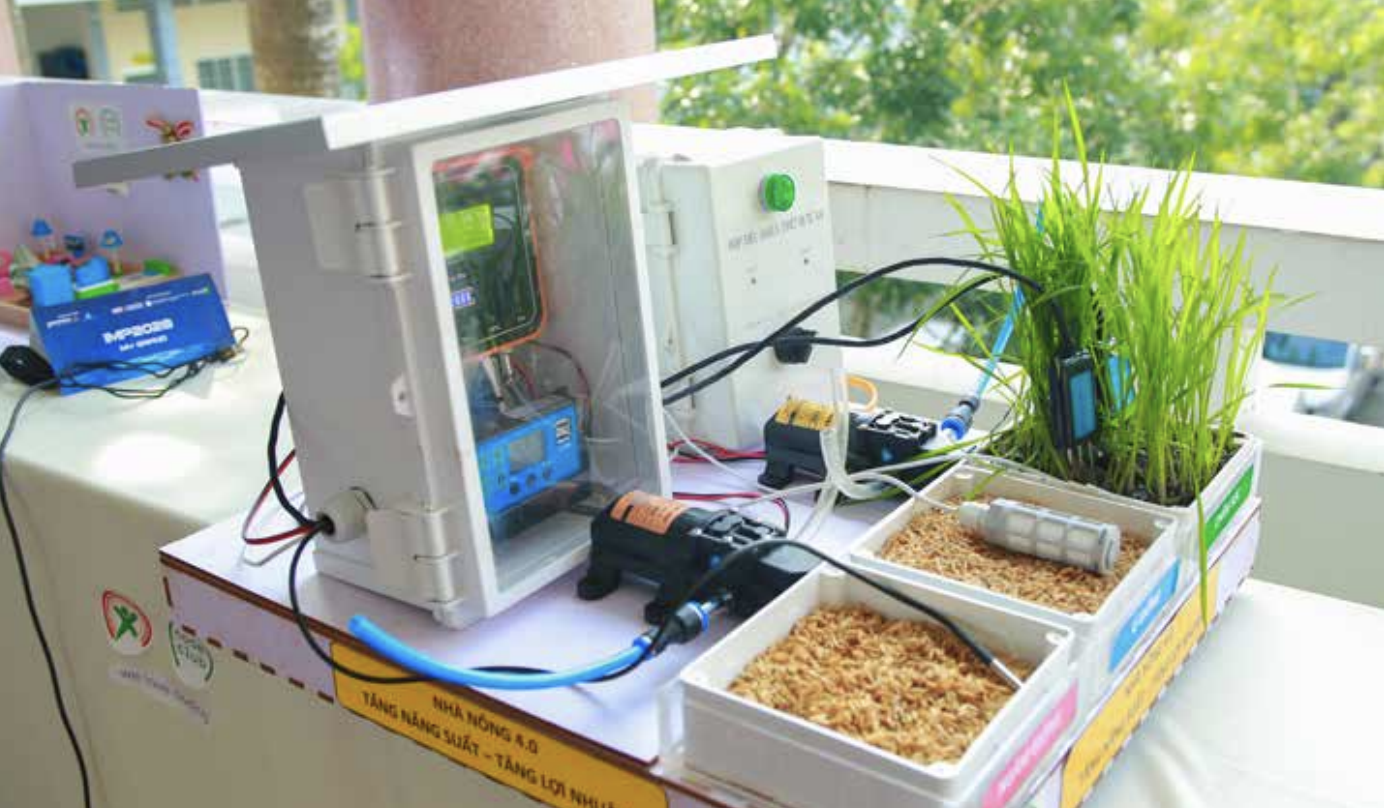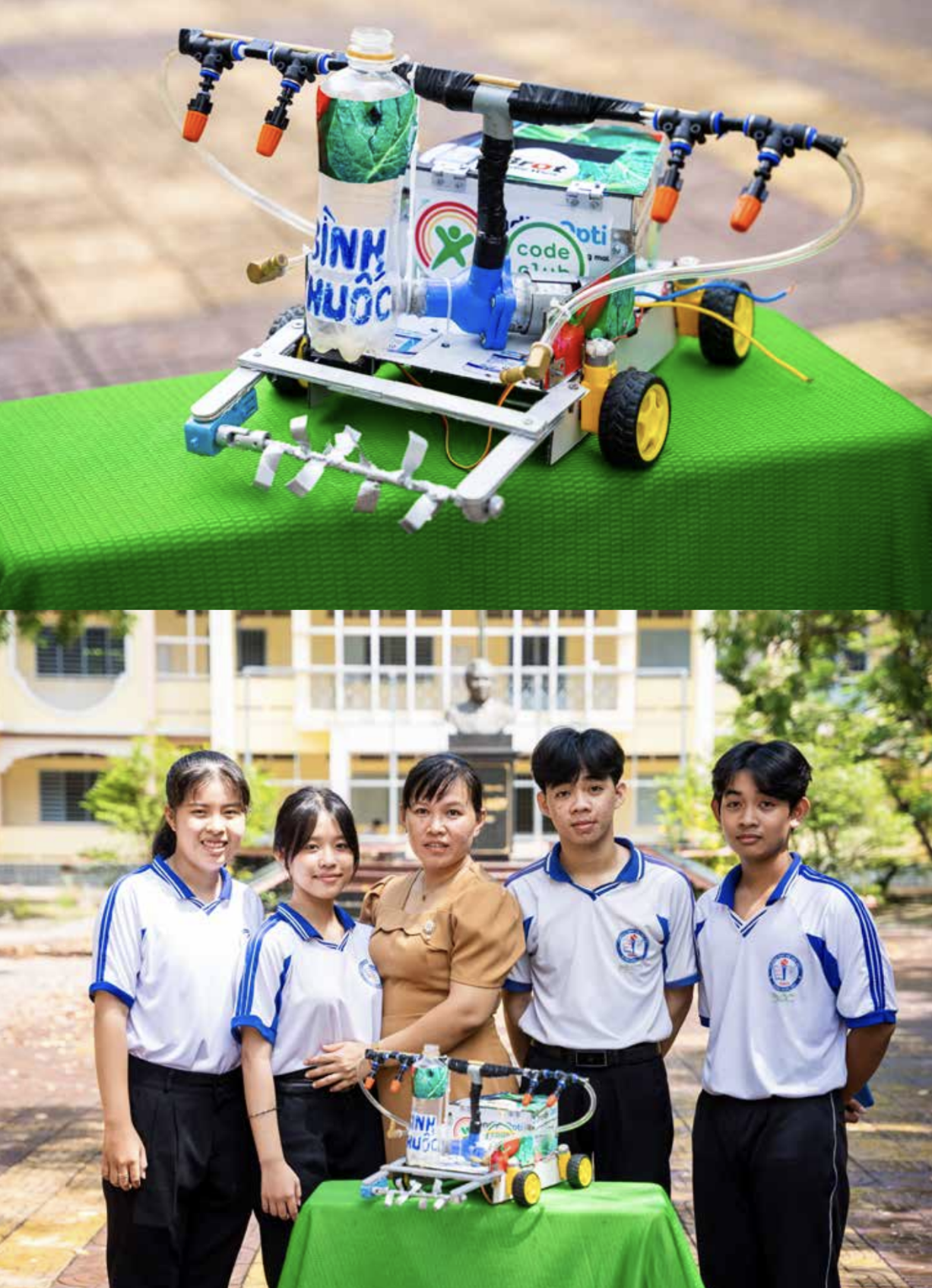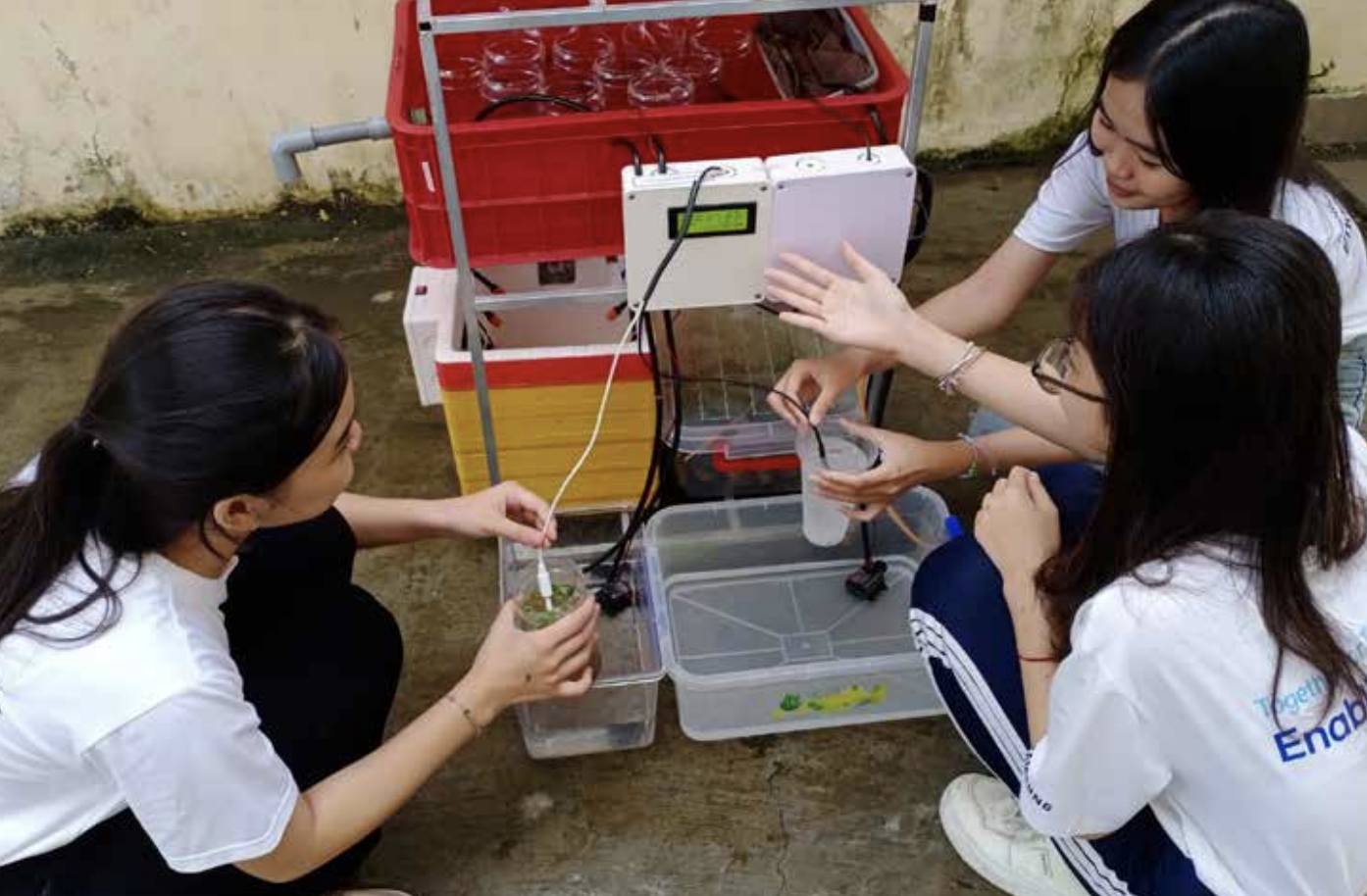AutoSense Bed – Smart Healthcare Monitoring
The AutoSense Bed project was developed with the vision of using technology to improve healthcare and caregiving. In many Vietnamese families, especially those with elderly or sick members living alone, providing constant care can be challenging. The team set out to create an automated system that monitors health conditions, reduces caregiver workload, and ensures patients receive timely attention—particularly when professional healthcare support is limited.
HOW DOES IT WORK
The AutoSense Bed integrates health monitoring, mobility assistance, and remote control into one comprehensive system. At its core, an ESP32 ESP-WROOM-32 microcontroller collects and processes health data from multiple sensors:
- A GY-MAX30100 sensor continuously measures heart rate and blood oxygen levels
- An arm-style blood pressure monitor records blood pressure and pulse
- A GY-906 MLX90614 infrared temperature sensor measures body temperature without contact, ensuring patient comfort and hygiene
All readings are displayed on a local screen and transmitted via Wi-Fi or Bluetooth to a mobile application, allowing caregivers to monitor the patient’s condition remotely from anywhere.
Additionally, the bed’s mechanical system—powered by a stepper motor and T20 lead screw—enables smooth lifting, lowering, and repositioning of the patient. Caregivers can adjust these settings through the mobile app, ensuring safety and convenience even when they’re not physically present.
IMPACT
The AutoSense Bed combines automation, IoT, and healthcare technology to create a practical solution for real-world needs. It demonstrates how students can apply coding, engineering, and problem-solving skills to address meaningful community challenges—from supporting elderly care to improving home healthcare systems in Vietnam.
